Unit 2 Art History
1/23
There's no tags or description
Looks like no tags are added yet.
Name | Mastery | Learn | Test | Matching | Spaced |
|---|
No study sessions yet.
24 Terms
Antebellum America
before the war
1820s - 1860
important period to highlight conflicts that led up to the war
growing size of US territories
Major interest in the home
what is the role of women in this expanding nation?
what is childhood?
home is the women’s domain
mass production and shipping
birth of middle class and artists relationship with them
new artistic genres from portraits and history paintings to genre paintings (scenes of everyday life) and landscape paintings.
artists working and selling things they WANT to make rather than commissioned portraits only
trail of tears in 1838 - “productive use of land”
“manifest destiny” - god given right to take land and expand
division between free states and slave states is constantly changing wit significant impact for black folks in the us and country’s identity
land becomes unifying symbol
concern for preserving some nature
increase in population density
all landscape paintings - think about the theme of nature vs humanity
theme of time
foreground, middleground, background
unifying symbols - widely circulated paintings for american people
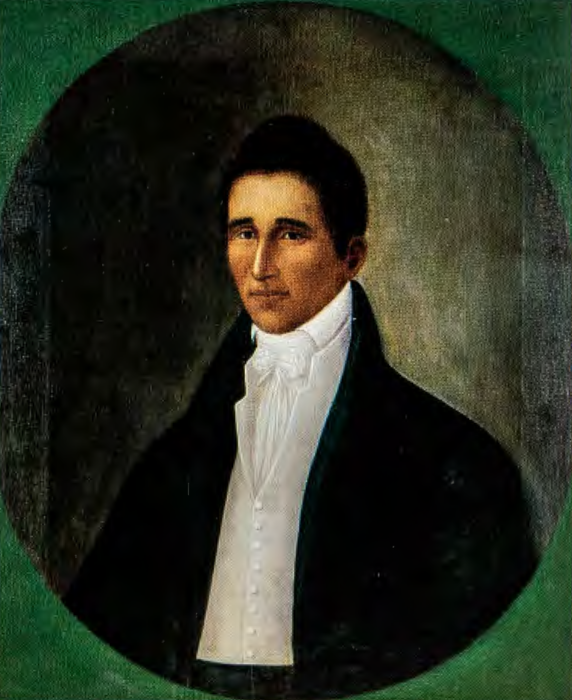
Joshua Johnston, Portrait of a Gentleman, 1805–10 (1800s or 1810s)
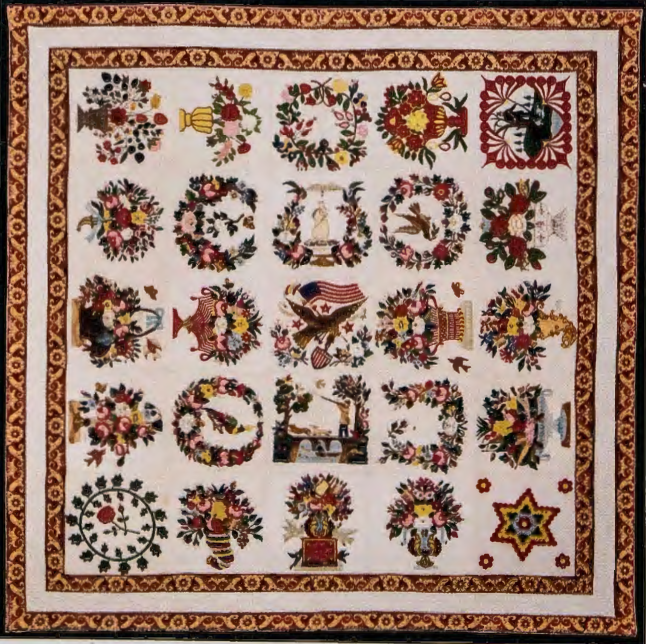
Mary Simon & others, Baltimore Album Quilt, 1847 (1840s)
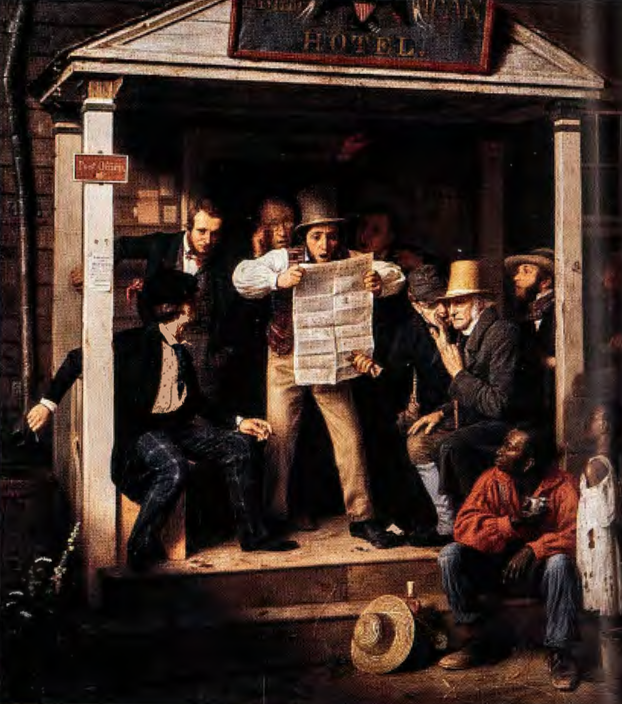
Richard Caton Woodville, War News from Mexico, 1848 (1840s)
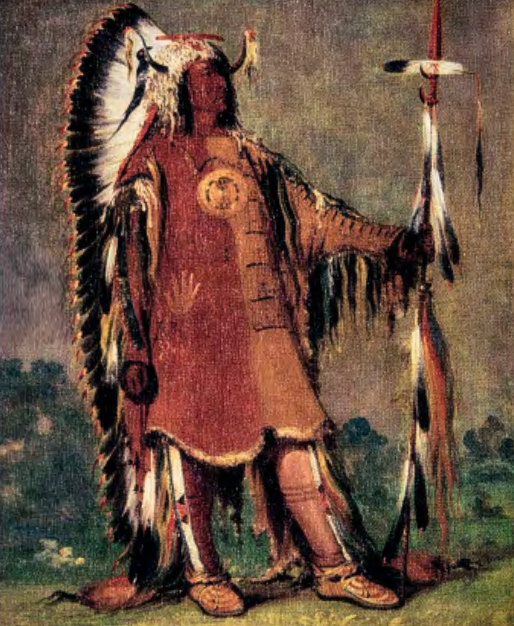
George Catlin, Mah-to-toh-pa, “Four Bears,” (either part of the title is fine), 1832 (1830s)

Ma-to-toh-pa, Painted buffalo robe, 1835 (1830s)
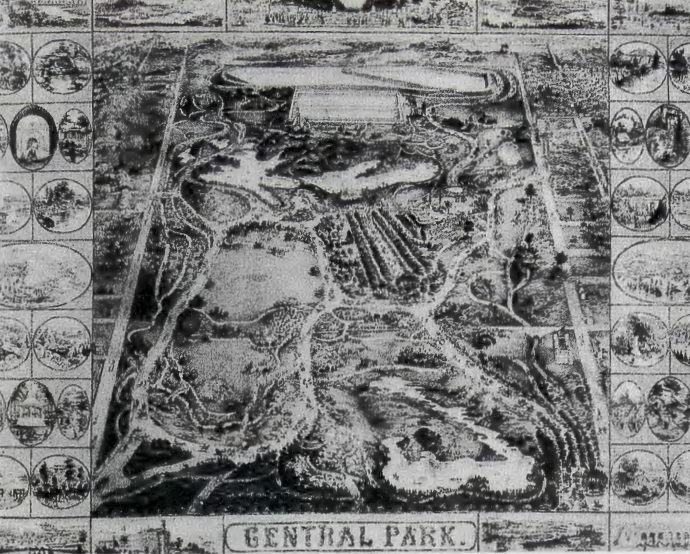
Frederick Law Olmsted and Calvert Vaux, plans for Central Park, New York, begun 1856 (1850s)
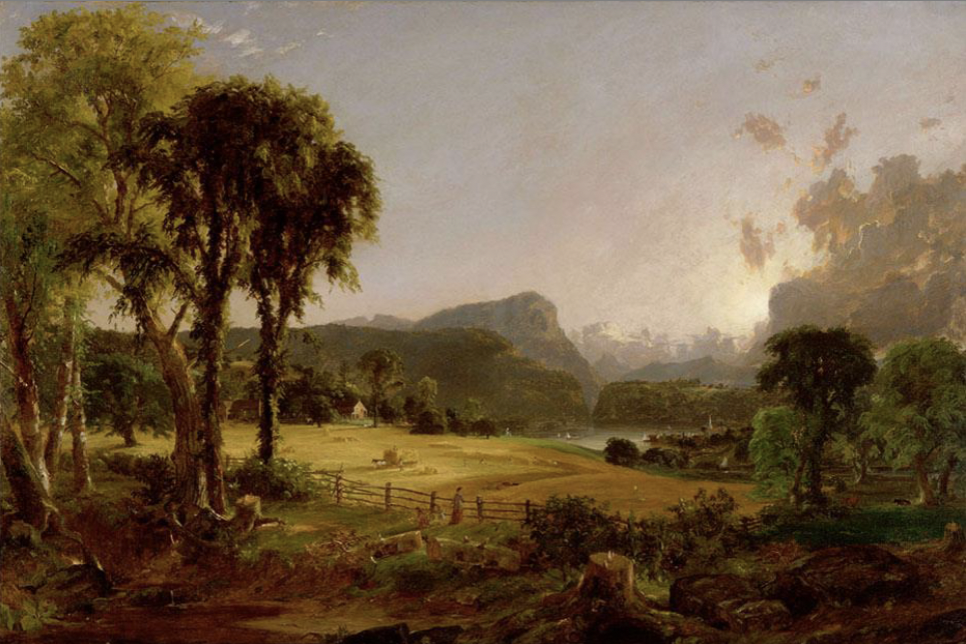
Jasper Cropsey, American Harvesting, 1851 (1850s)
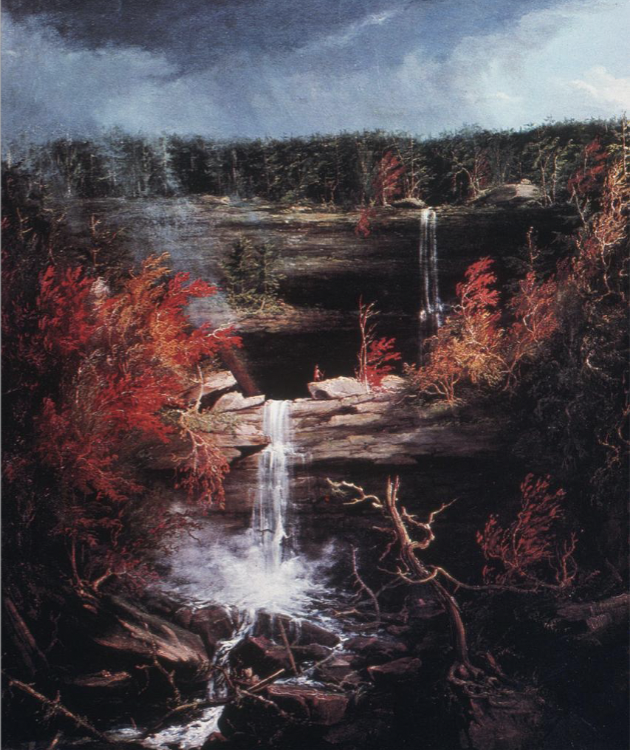
Thomas Cole, Kaaterskill Falls, 1826 (1820s)
The Civil War and Reconstruction
slavery and triangular trade in colonial north america (economy)
fugitive slave law 1850 - north and south tensions rise
civil war (1861-1865) - north vs south, but also pro union
Abraham lincoln appointed president 1860
American art and the civil war: “a crisis of representation” (how to represent it? What symbols? What medium? What audience?)
American landscape was a hope of a unifying force, primal connection, unity, transcending divisions between political parties, economic outlooks, and religious values.
Artists questioned this landscape didn’t promise the unity that it used to have during the civil war.
sculpture important medium - capturing positive outcomes but also permanent scars
emancipation and reconstruction (1863) - incomplete freedom, freed slaves held in confederate territory 1865 was truly free, time of tremendous hope, 1870 15th amendment, 1875 civil rights act - no discrimination
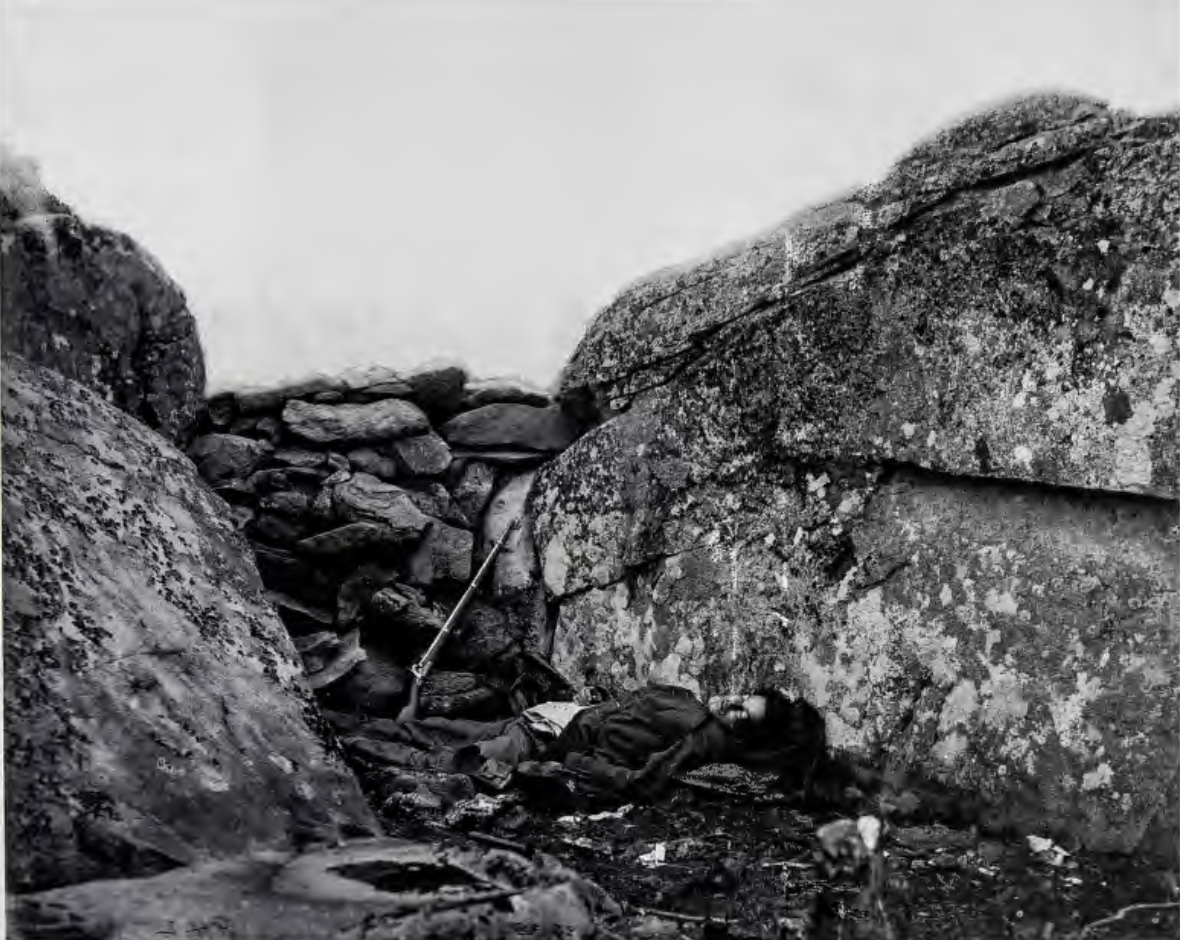
Alexander Gardner, Home of a Rebel Sharpshooter, Gettysburg, 1863 (1860s), photograph
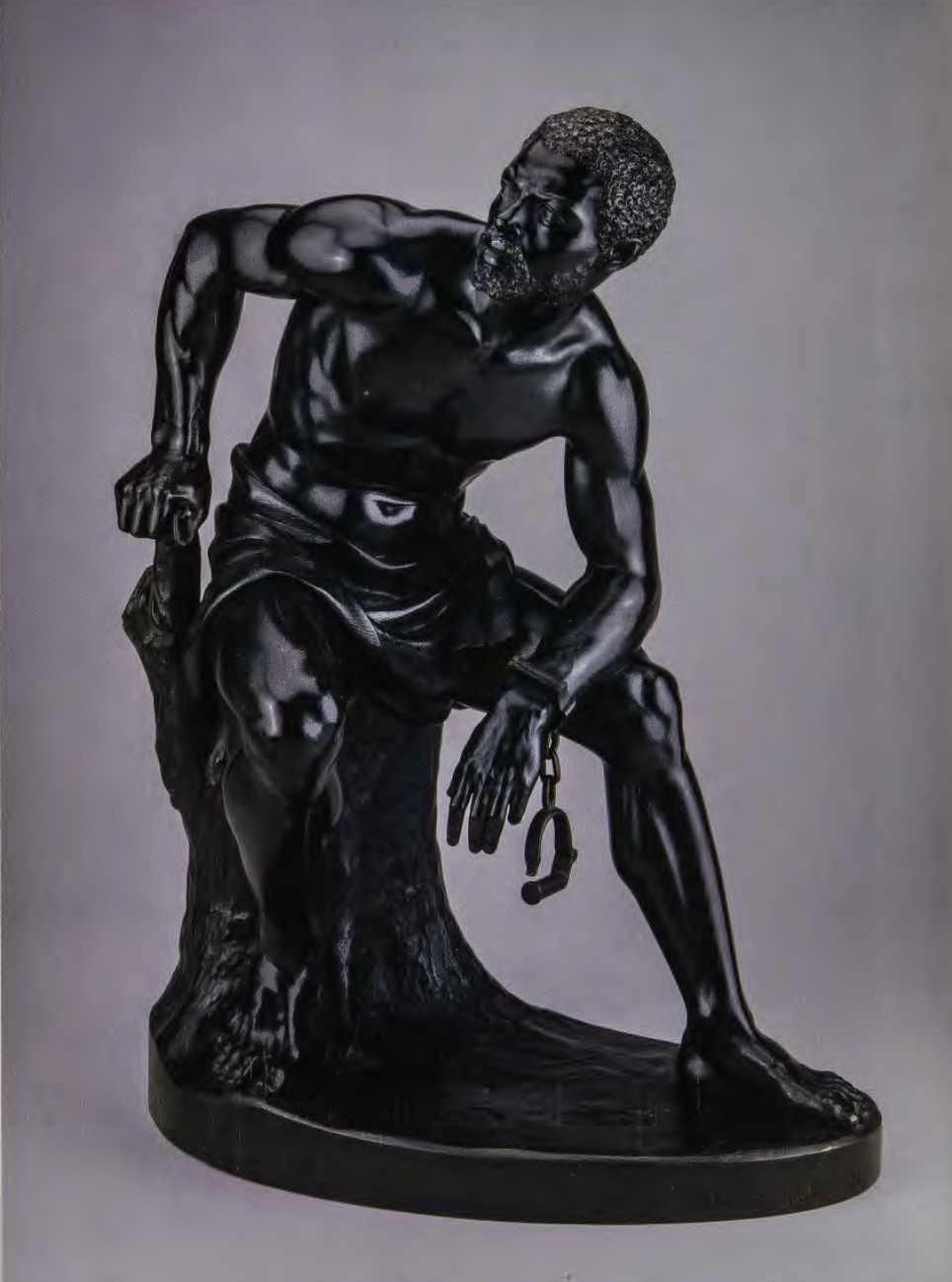
John Quincy Adams Ward, The Freedman, 1863 (1860s), bronze
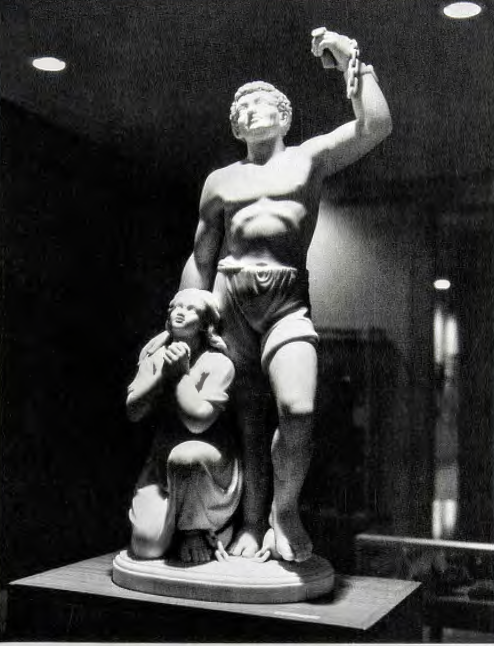
Edmonia Lewis, Forever Free, 1867 (1860s), marble
The Gilded Age
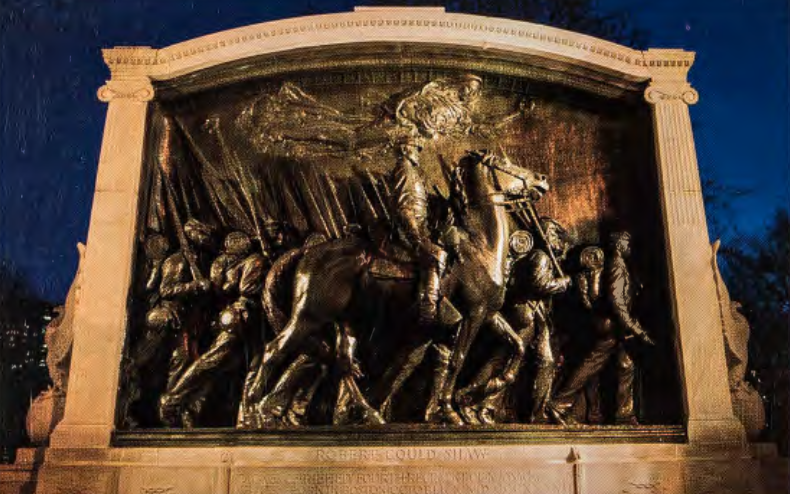
Augustus Saint-Gaudens, Memorial to Robert Gould Shaw, 1897 (1890s), bronze, Boston, MA
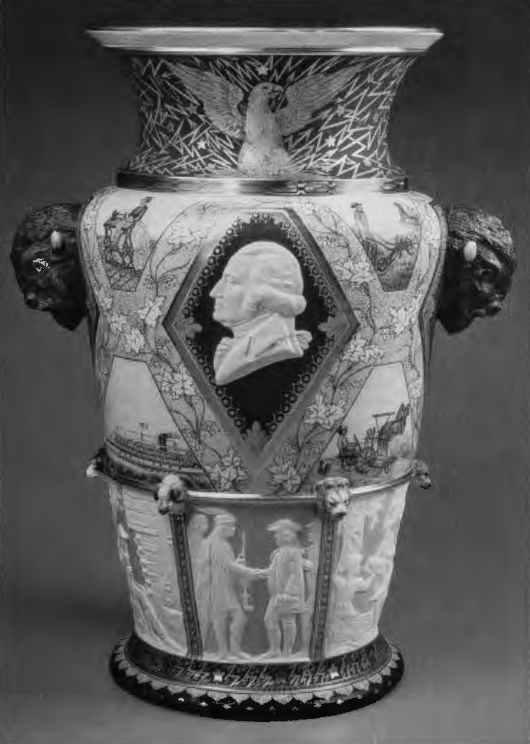
The Philadelphia Centennial Exhibition, 1876 (1870s)
If I ask you to write about this fair, I will put both of these images on the screen. You do not need to identify them individually, but do prepare to use them in your answer.
o stock certificate
o Karl Mueller, Century Vase, porcelain
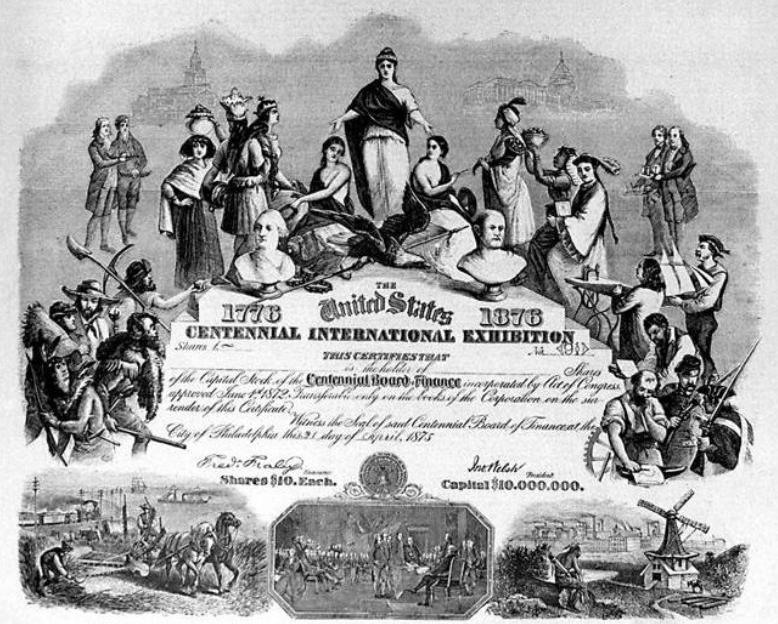
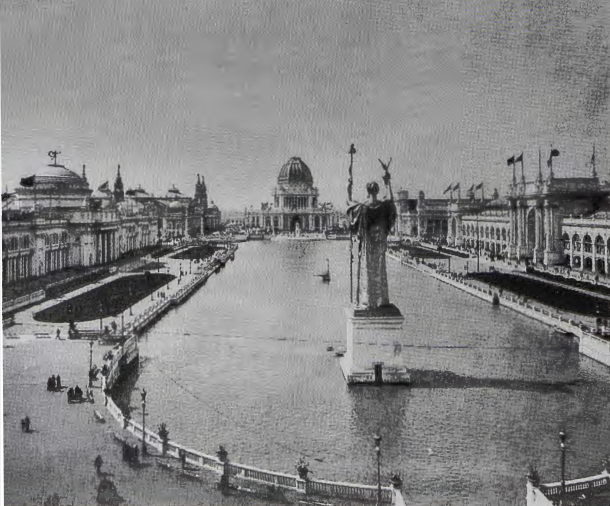
World’s Columbian Exposition, Chicago, 1893–1894 (1890s)
If I ask you to write about this fair, I will put both of these images on the screen. You do not need to identify them individually, but do prepare to use them in your answer.
o Daniel Burnham and others, Court of Honor
o exposition program
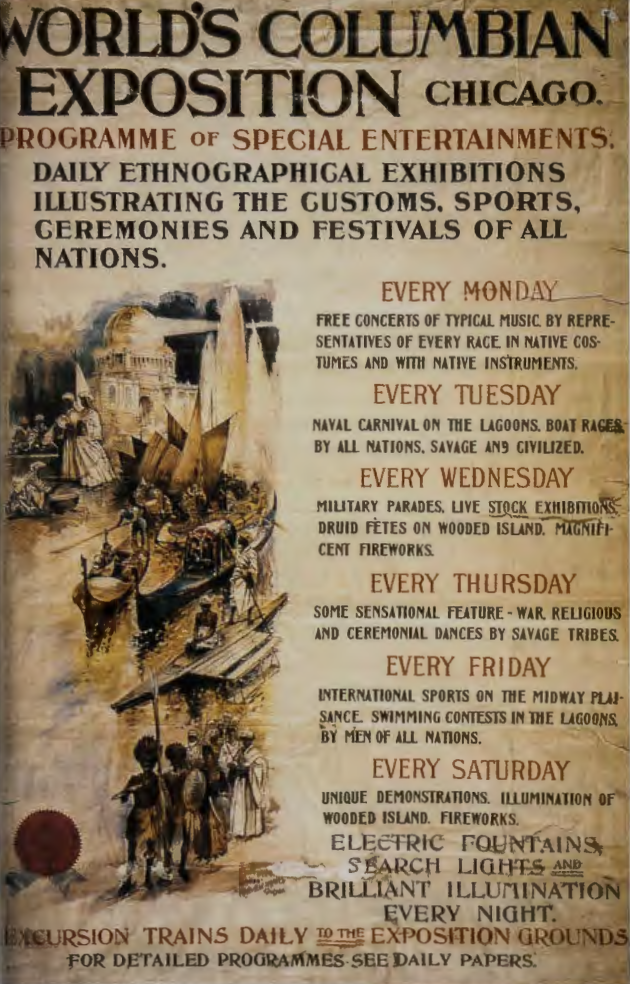
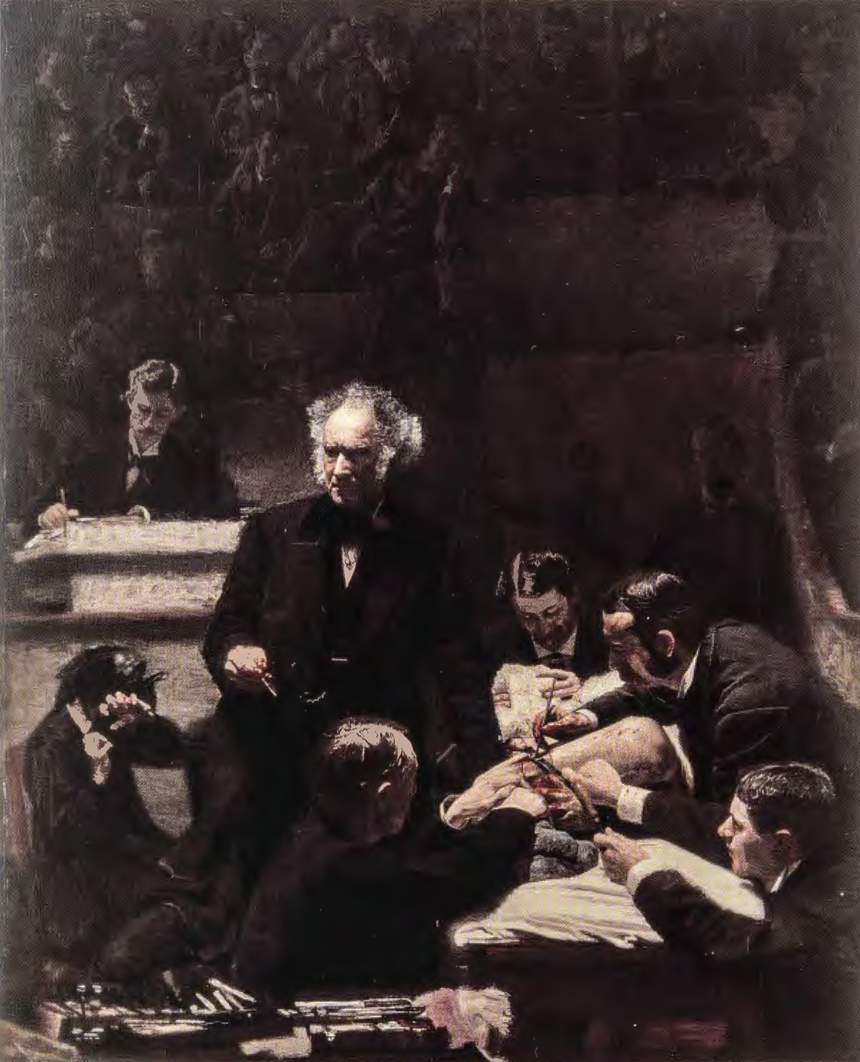
Thomas Eakins, The Clinic of Dr. Samuel Gross, 1875 (1870s)
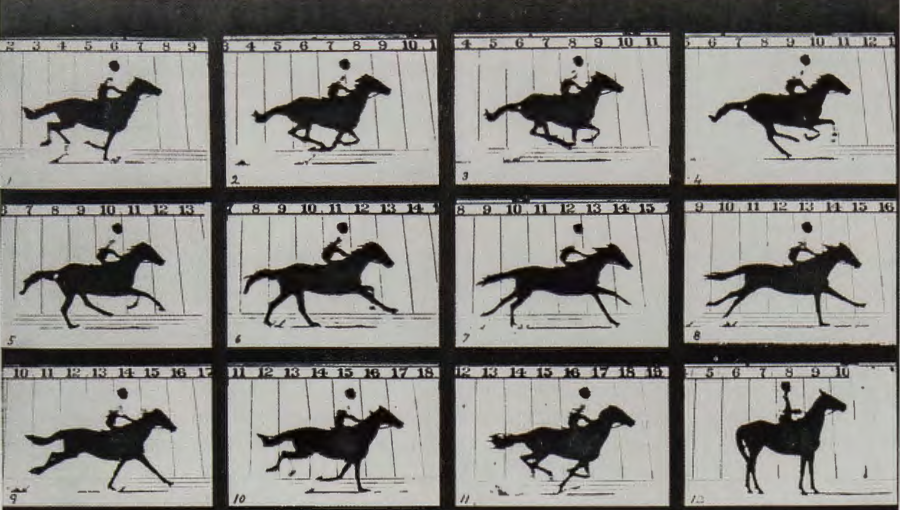
Eadweard Muybridge, “Sallie Gardner,” from The Horse in Motion (either part of the title is fine), 1878 (1870s), photographs
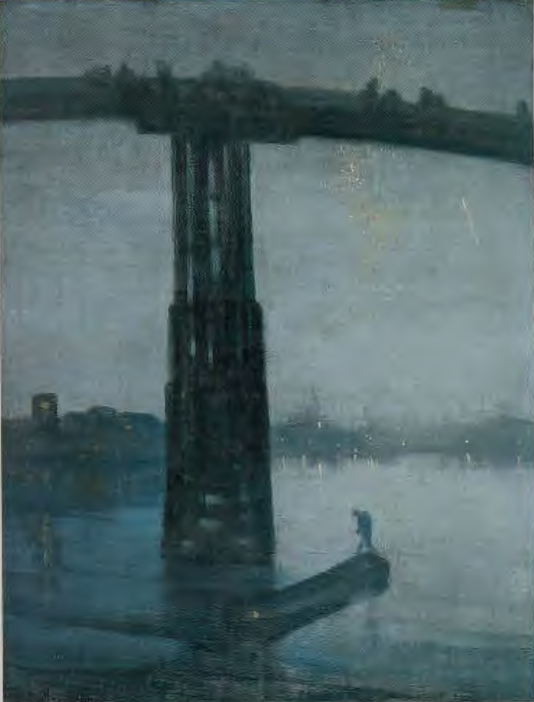
James McNeill Whistler, Nocturne in Black and Gold—Old Battersea Bridge (either half of the title is okay), 1872–77 (1870s)
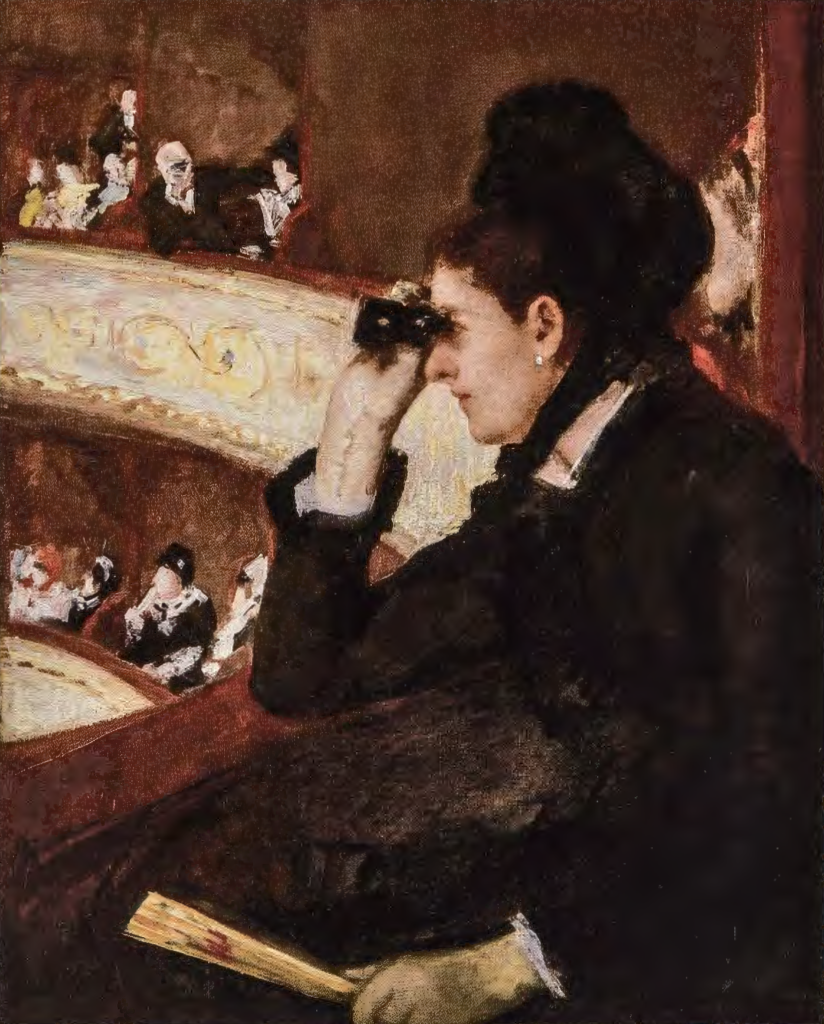
Mary Cassatt, In the Loge, 1877–78 (1870s)
Turn of the Century America
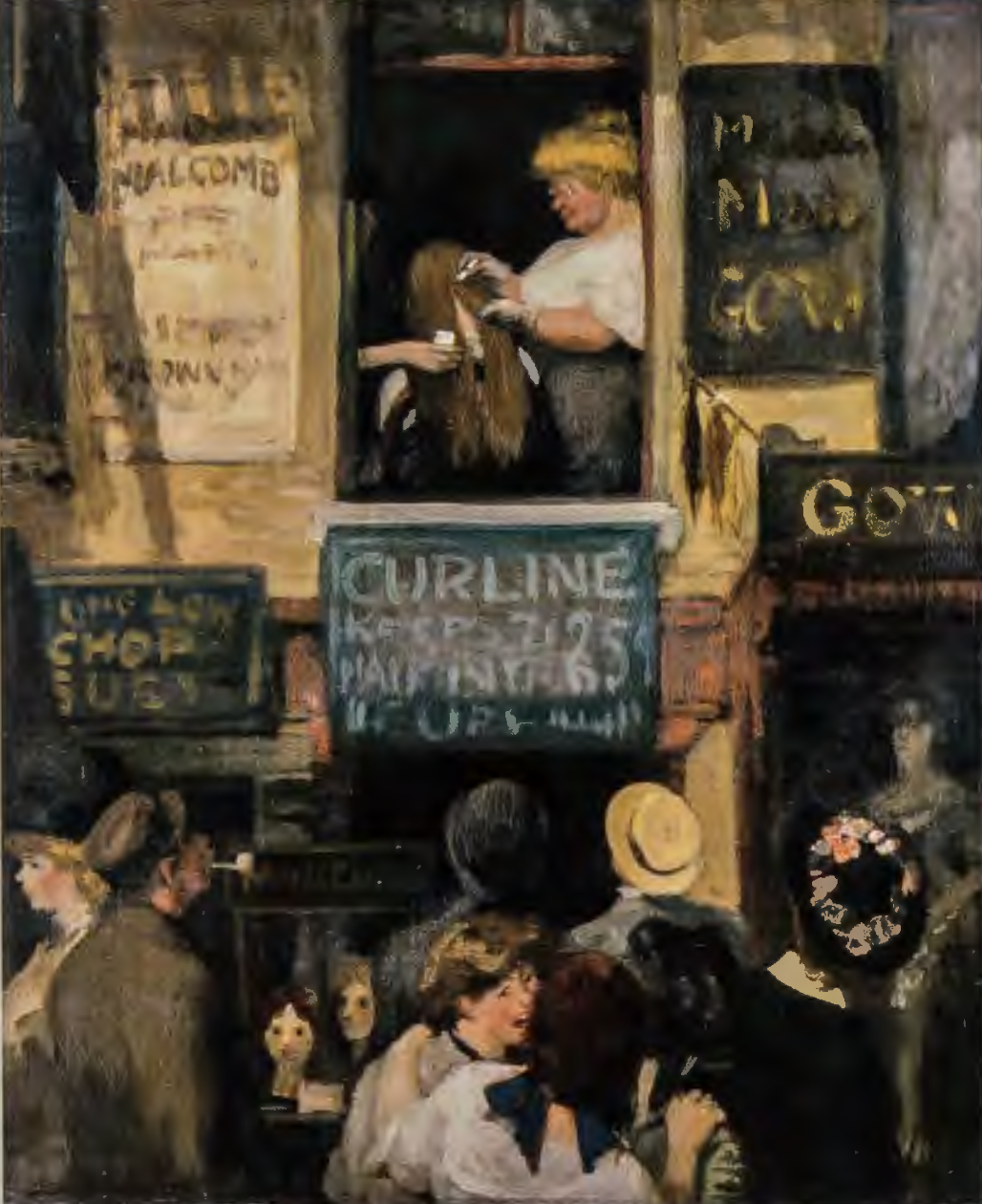
John Sloan, Hairdresser’s Window, 1907 (1900s)
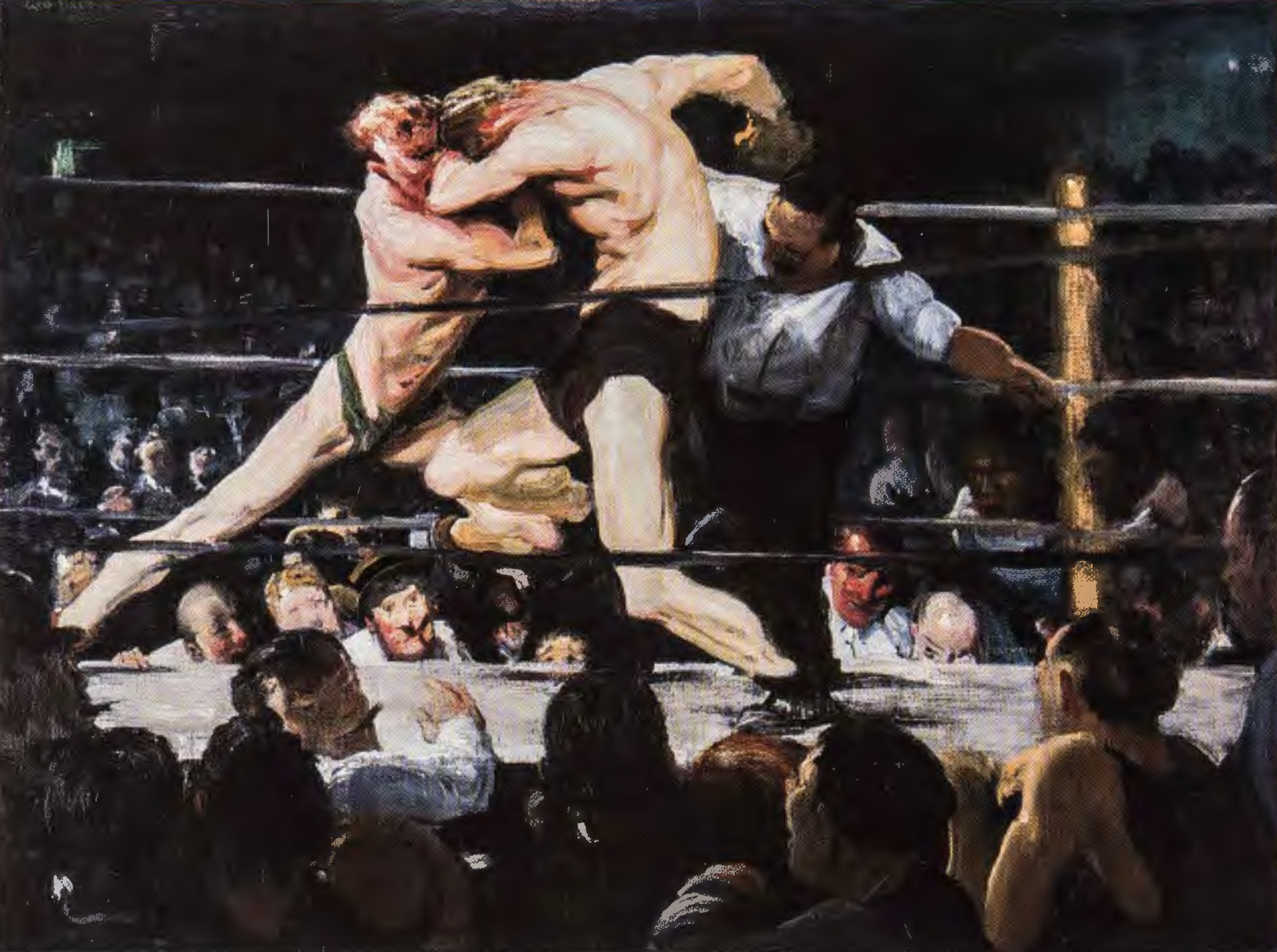
George Bellows, Stag at Sharkey’s, 1909 (1900s)